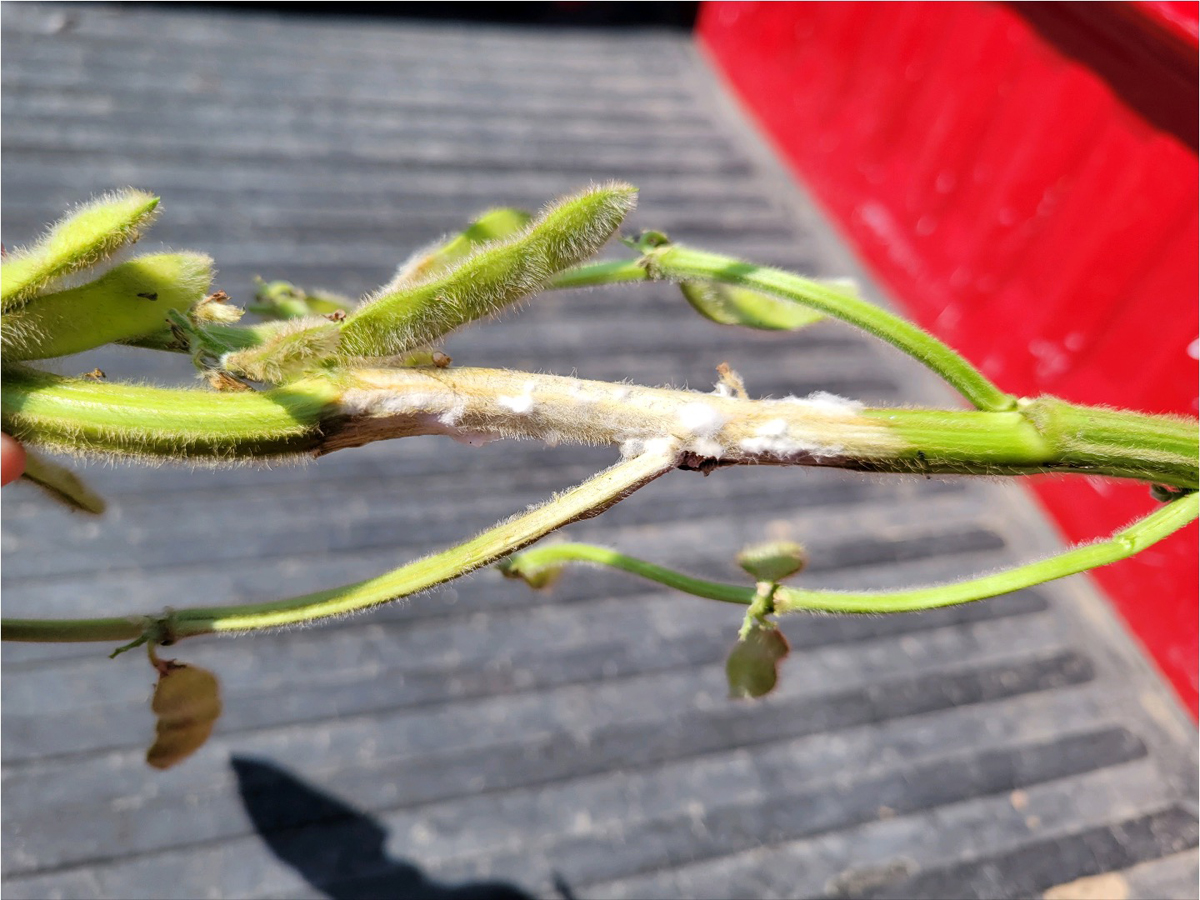Plant and Pest Diagnostic Clinic, Lincoln
448 Plant Science Hall
1875 N. 38th St.
Lincoln, NE 68583-0722
(402) 472-2559
Submitting Samples
The UNL Plant and Pest Diagnostic Clinic in Lincoln offers crop-related services in the following areas:
Plant Pathology — Services for any type of plant, including field crops, turfgrass, fruits, ornamentals, trees, vegetables and others. Diseases are caused by biotic or living agents such as bacteria, fungi, nematodes, and viruses. Diseases are also caused by abiotic, or non-living factors such as nutrient deficiencies, temperature stress, water stress or a combination of several of these factors.
Entomology — Identification and information on insects, mites, spiders, and other related arthropods. Samples may be submitted from a variety of indoor and outdoor sources, including field and horticulture crops, ornamentals, structural and aquatic environments, as well as human, livestock and pets.
Agronomy (Weed Science) — Dependable diagnostic information for weed identification and herbicide injury. Herbicide injury is determined solely on a visual inspection of the plant sample provided; no chemical analysis is performed. Chemical and cultural control practices accompany weed identifications. In addition, information can be provided on herbicide use and symptoms of herbicide injury.
Directions to the Clinic
From Interstate 80
Take the 27th Street exit. Go south on 27th Street to Cornhusker Hwy. Turn left and go to North 33rd St. Turn right on North 33rd, go up over the railroad tracks and past one stop light. Go to East Campus Loop (the Nebraska Game and Parks Building) and turn left. Follow the road to a four-way stop. Turn right and continue to the T intersection. The big brick building across from the T intersection is Plant Sciences. There is a parking lot to the east of the building.
From South Lincoln
Go to O St., then north on North 33rd Street past Holdrege to the East Campus Loop (Nebraska Game and Parks Building) and turn right. Follow the road to a four-way stop. Turn right and continue to the T intersection. The big brick building across from the T intersection is Plant Sciences. There is a parking lot to the east of the building.
Contact:
Kyle Broderick
Plant and Pest Diagnostic Clinic Coordinator
(402) 472-2559
kbroderick2@unl.edu
Faculty Bio

Contact:
Kyle Koch
Insect Diagnostician, Extension Educator
(402) 472-8691
kyle.koch@unl.edu
Faculty Bio

